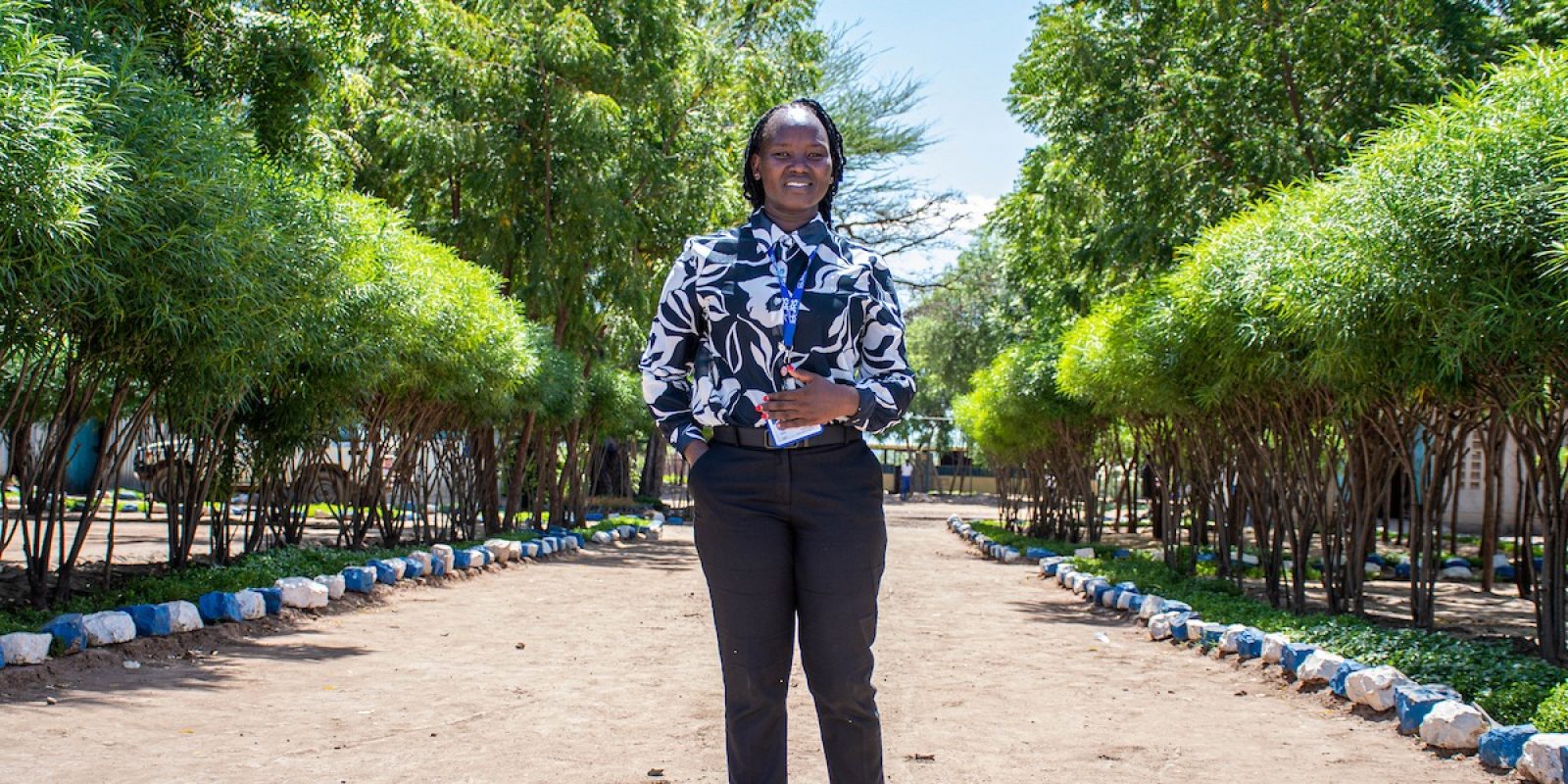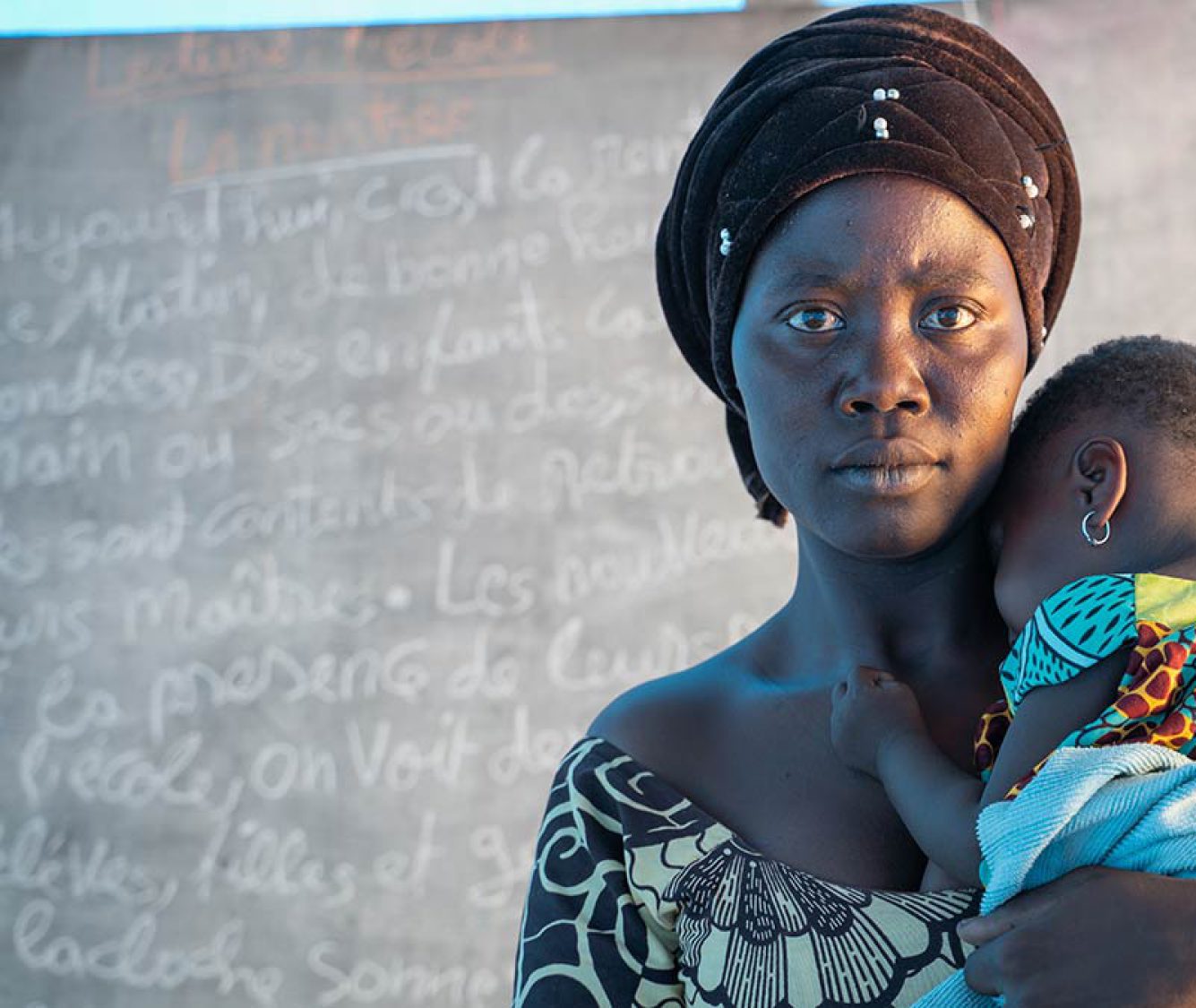Ethiopia: Dancers bring rhythm to their lives in exile
20 July 2016
Mai Aini – Luwam was once at the centre of her nation’s spotlight. In Asmara, as a member of the national dance team, she performed for government officials and her fellow citizens at national celebrations, receiving cheers and accolades for her captivating talent.
“People came from different villages and towns. Big crowds always gathered there. I used to perform both the Tigray and Tigrinya dances for the crowd,” she recalls.
After her family fled the same government she performed for, she too followed. Her father was one of the 400,000 Eritreans forced to serve an indefinite military sentence. Growing up, she only saw him a handful of times. Eventually, her family decided it had been enough and left to seek refuge in Ethiopia.
Luwam remained with her aging grandmother for some time, until she decided it was time for her to also seek safety abroad. Along with one friend, she took an arduous 16-hour journey through the mountains and snuck past Eritrean soldiers to meet them in Mai Aini refugee camp.
She left behind her friends, her school, her home, her dance group and her beloved grandmother, but there was one thing she did not lose: the opportunity to share her love of dance.
“On my second day in the camp, my sister gave me a tour. We stopped at the JRS centre because we heard music and saw people dancing there. We were very surprised. We didn’t know such a place could exist, especially in a camp,” Luwam said.
In two camps in northern Ethiopia, the Jesuit Refugee Service provides Eritrean refugee youth opportunities to learn and express themselves through fine and performing arts. Thousands of unaccompanied minors live in these camps. JRS believes that through art, youth will be able to heal from the persecution they fled at home and find hope in their futures and joy in life after losing so much.


